Traditional institutional involvement remains paramount for crypto derivatives trading, finds report
Traditional institutional involvement remains paramount for crypto derivatives trading, finds report
Acuiti report found that greater intermediation from traditional sell-side firms and more participation from the buy-side would have the biggest positive impact on the market.
More involvement from the traditional buy- and sell-side remains the most essential to the development of the crypto derivatives market outside of regulation, according to a Acuiti report.
Derivatives accounted for 63% of crypto trading in February earlier this year, while crypto exchange Binance saw an average daily volume of $600 billion in Bitcoin futures, Acuiti found.
However, more favoured products by traditional institutions such as CME Bitcoin futures and options, accounted for just $36 billion and $362.8 million of volume respectively in the same period.
Amid continued volatility and a lack of a regulatory infrastructure around digital assets, asset managers have been the most hesitant to get involved in the market with many of the traditional sell-side also only just offering clearing for crypto derivatives on CME.
Goldman Sachs traded the first over the counter (OTC) non-deliverable option by a US bank with Galaxy Digital Holdings in March and Acuiti in its report highlighted this example alongside that of TP ICAP – which intends to launch its Digital Asset Platform later this year – as two of the only firms truly involved in the space.
The ongoing emigration of members of the traditional sphere to crypto based companies and initiatives in the last few months only evidences further the traditional sell-side’s lack of intention to become fully involved in digital assets in the near future. Most recent was former Goldman Sachs partner, and global head of LCH ForexClear, who joined decentralised Financial Market Infrastructure (dFMI) business Bosonic as its global head of clearing and derivatives.
This lack of traditional sell-side involvement in crypto derivatives trading has seen a wave of new native crypto sell-side entrants move into the market seeking to take advantage of the lack of counterparties available in the space and well over two thirds of respondents in Acuiti’s report thought these new entrants would eventually displace or disintermediate entirely the traditional sell-side.
However, the lines between the crypto markets and the traditional ones are certainly beginning to blur in light of recent developments, in particular moves made by crypto exchange FTX.
FTX Trading set out to expand its institutional business with the launch of a new unit in March in partnership with US based crypto platform West Realm Shires, while FTX US also confirmed earlier this month that it had partnered with IEX Group to develop a more transparent structure for trading digital assets.
Perhaps most influential is the current pending decision from the US Commodity Futures Trading Commission (CFTC) on whether FTX can operate a regulated 24/7 derivatives market that includes both traditional and crypto products using a market structure that reduces reliance on clearing members all together. While it’s unlikely it will receive approval for traditional products at this time, the move offers a glimpse into where the market is headed.
“This represents one of the most significant potential innovations in derivatives market structure since the advent of electronic trading,” Acuiti said.
Regulation remains the most essential piece of the puzzle to entice traditional institutions into diving fully into the world of cryptocurrencies. For crypto derivatives, regulation around platforms and stablecoins is cited as the priority in Acuti’s report.
Several regulatory decisions have subsequently been made recently in light of this desire including President Biden’s decision in March to sign into law the ‘Executive Order on Ensuring Responsible Development of Digital Assets’ and the EU’s recent firming up of its regulatory stance on crypto designed to support the development of instruments.
There is undoubtedly interest from the traditional sell- and buy-side in crypto and crypto derivatives trading, however at present there remains a few essential barriers that are preventing the majority from getting involved. However, at some point soon the final move will be made by regulators that sees the dam break.
Read the full article at the Trade here.










